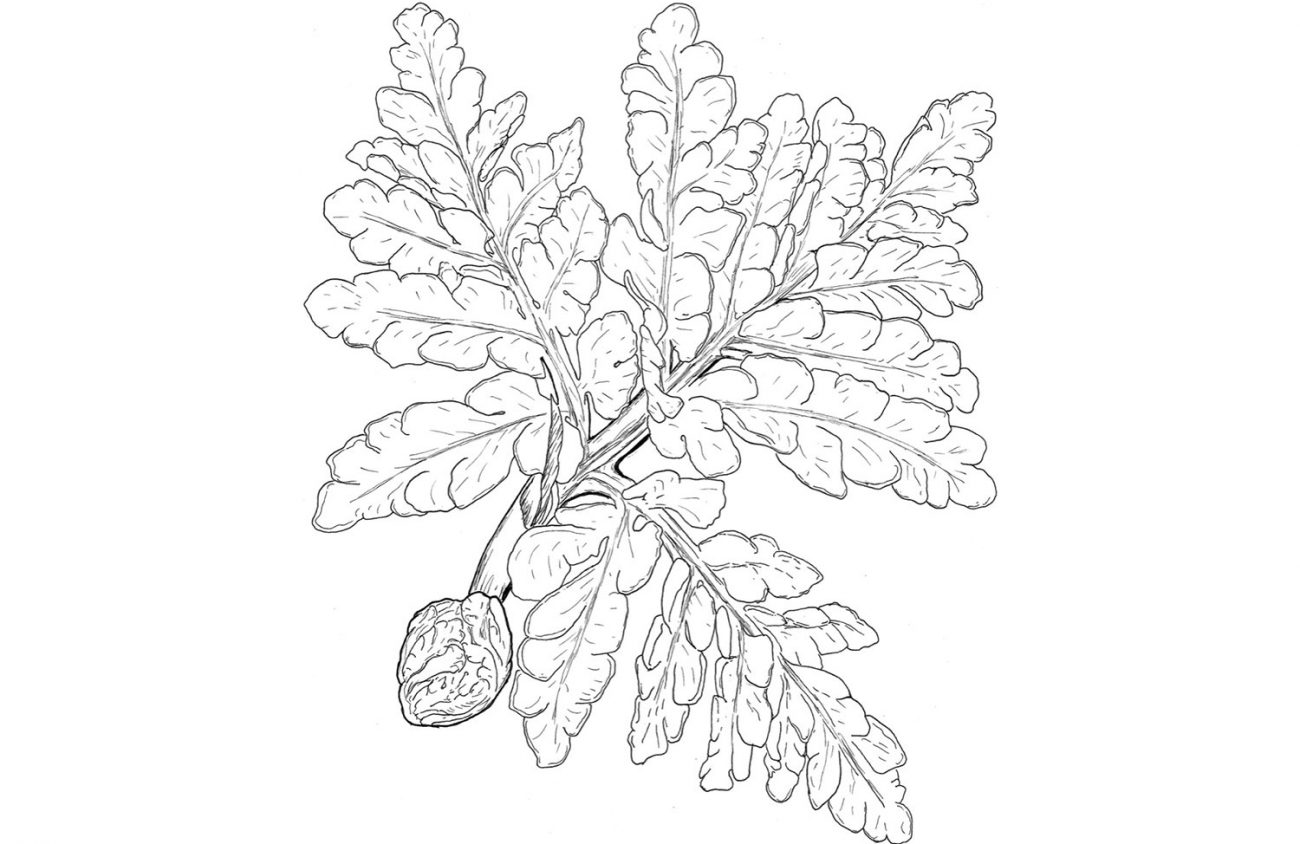With summer coming on strong I am drawn to mountain meadows, where wildflower diversity is on glorious display. The flowering plants that dominate the meadows are relatively young in evolutionary history, only half as old as the conifers that dominate our forests. The ancestry of conifers is about 300 million years, giving our forests a Paleozoic character. Liverworts and moss like plants were the earliest land plants, their ancestors dating to over 460 million years ago. Ferns are almost as old although most of the oldest fern families are now extinct. Modern ferns, descendants of the extinct forms, have a fossil record only about 150 million years old.
My favorites are moonworts and grape ferns, inconspicuous rare ferns that grow mostly in open meadows in our area. One species of grape fern even grows on the high elevation pumice ridges of Cascade volcanoes. People who see me in a mountain meadow on my knees as if praying could guess that I’m photographing flowers but it is just as likely that I’m excited by a grape fern emerging.
Grape ferns have a remarkably different growth form compared to their flower companions. Each plant produces a single stem every year, each stem with a fern-like leaf and a branch of spore cases that look like clusters of tiny grapes. Our biggest grape fern has an evergreen leaf that persists through a second summer. In midsummer a new shoot, looking like an embryonic brain, emerges from a womb-like pouch at the stem base.
